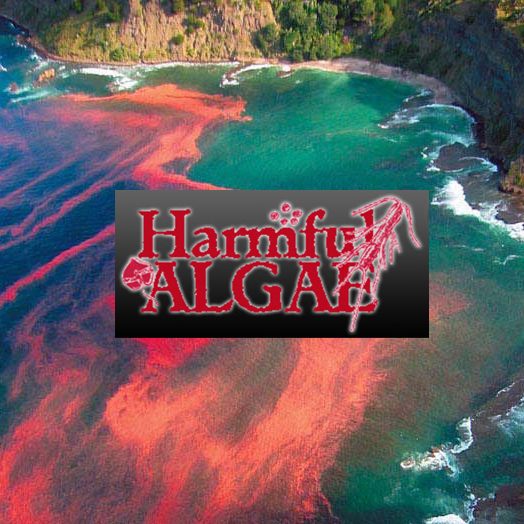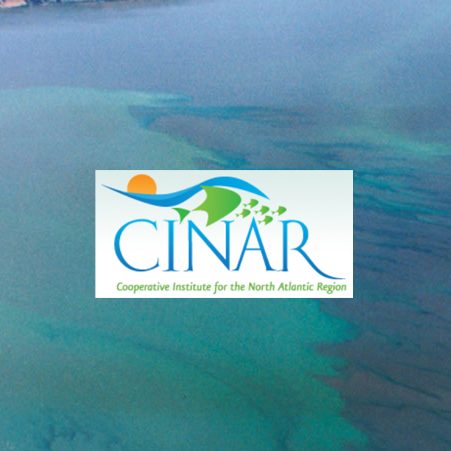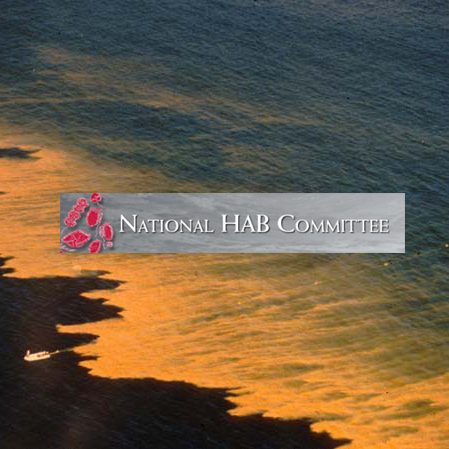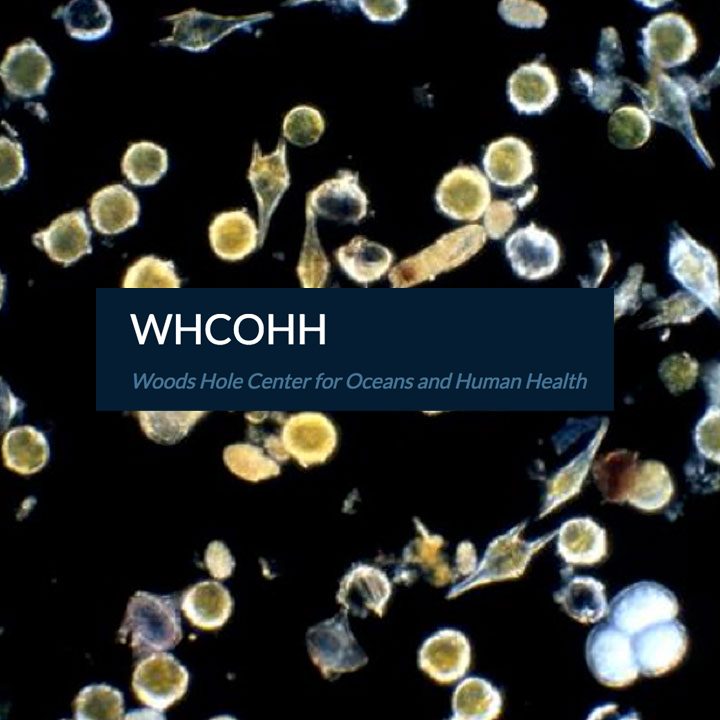Programs
U.S. National Office for Harmful Algal Blooms
The U.S. National Office for Harmful Algal Blooms (HABs) serves as a “clearinghouse” for information related to national and international activities on HAB issues. One of its primary roles is to assist in the development of an integrated, national HAB research agenda based on technical evaluations of current research efforts, workshop activities, and ongoing Federal and state agency efforts to prevent, control and mitigate HABs. Further, the National Office serves as a focal point for HAB research and information by organizing and providing for scientific community access to the latest research developments, workshop reports, research strategies, and related data and information. The primary objective of the Office is to facilitate an open exchange of scientific information and advance the state of knowledge and research efforts. The National Office coordinates the interests of, and fosters collaboration among, the many stakeholders in HAB research and mitigation: Federal agencies with responsibilities to address HAB issues, the academic research community, and regional and local resource managers. The National Office also facilitates coordination and information exchange between the U.S. and international HAB research and mitigation efforts, and when requested, with the U.S. Congress.
CINAR: The Cooperative Institute for the North Atlantic Region
The Cooperative Institute for the North Atlantic Region (CINAR) is a regional CI that focuses on the U.S. northeast continental shelf (NES) from Cape Hatteras to Nova Scotia—one of the world's most highly productive marine ecosystems. The structure and dynamics of the NES ecosystem are strongly influenced by local, regional, and basin-scale environmental factors and by a range of human activities including fishing, the discharge of nutrients and other pollutants, and coastal development. There is also a growing recognition of ecological, and related sociological and economic impacts from climate change and ocean acidification in the region.
CINAR is a consortium of eight partner institutions that together span the region and provide the required breadth, depth and quality of scientific expertise, instrumentation, models, and facilities to address NOAA needs. Partners include the Woods Hole Oceanographic Institution (WHOI), Gulf of Maine Research Institute (GMRI), Rutgers University (Rutgers), University of Maryland Center for Environmental Science (UMCES), University of Maryland Eastern Shore (UMES), University of Massachusetts Dartmouth - School for Marine Science and Technology (SMAST), University of Maine (UMaine), and University of Rhode Island (URI). The CINAR Program Office is located at WHOI, led by Don Anderson (Director) and Mindy Richlen (Associate Director).
National HAB Committee
The National Harmful Algal Bloom Committee (NHC) has been established for the purpose of providing a collective voice of the academic, management and stakeholder communities interested in national HAB issues. The need for such a committee was identified in HARRNESS (Harmful Algal Research and Response: A National Environmental Science Strategy, 2005), which outlined the new U.S. National Program for HABs.
Woods Hole Center for Oceans and Human Health (WHCOHH)
The Anderson Lab is part of the Woods Hole Center for Oceans and Human Health. First established in 2004, the center represents a collaborative inter-disciplinary effort to understand harmful algal blooms and pathogenic microbes in the ocean which can have detrimental effects on public health.



